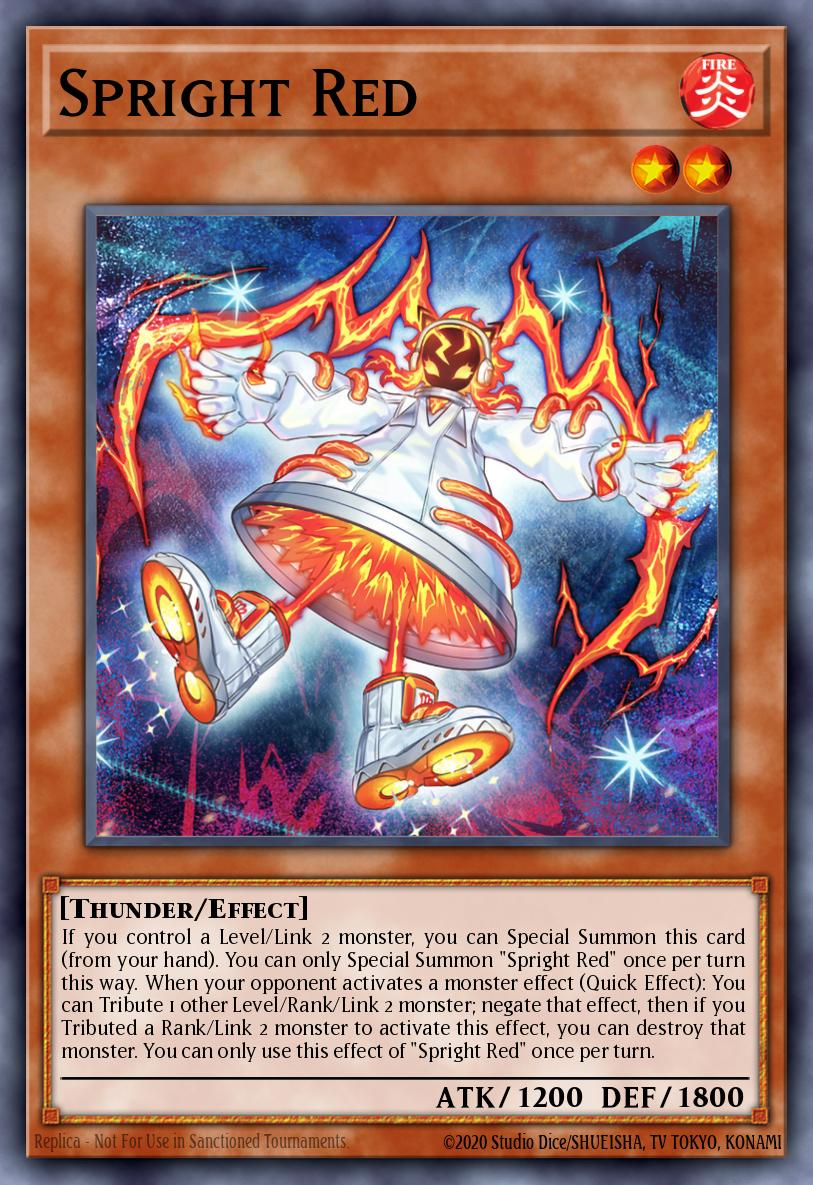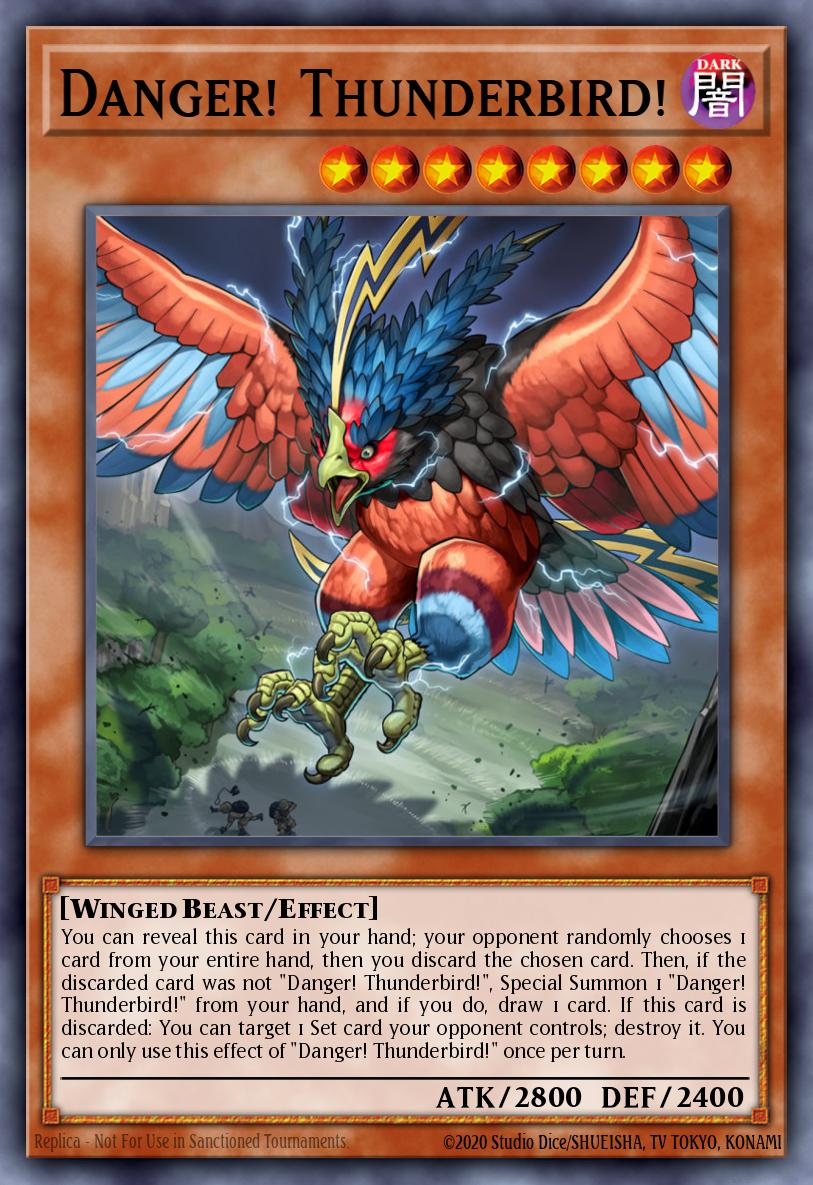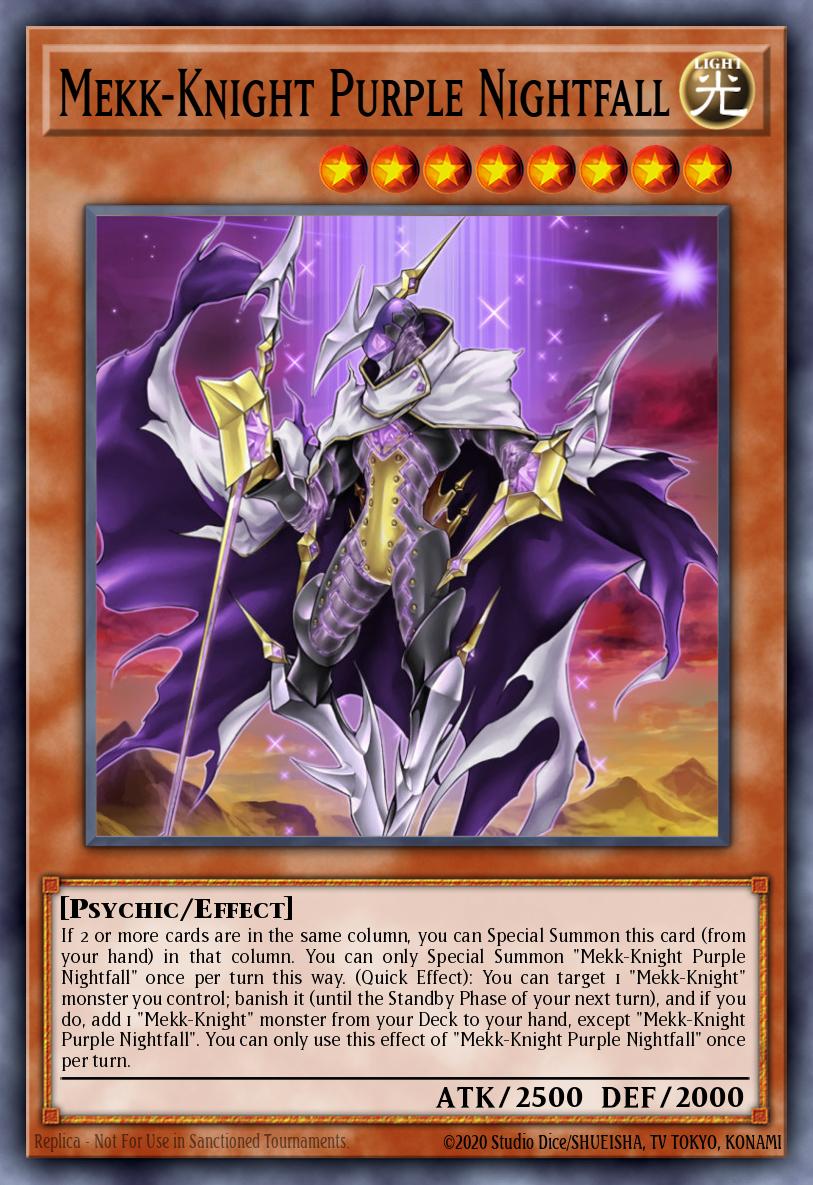$50 Yu-Gi-Oh! - Generic Monster Toolbox
“$50 YGO” is a new series of articles that aim to help players compete in and enjoy Yu-Gi-Oh! on a budget. Within it, readers will find advanced deckbuilding theory, as well as heavily tested techs, to give each showcased build an edge without breaking the bank. As the title implies, the card selection of each build will be limited to a total of 50 dollars US, with prices taken from TCGPlayer. Although US dollars will be the benchmark, prices in Euros and other currencies shouldn’t stray too far away from the final tally, making these an excellent guide to buying decks on the cheap across the globe.
The first article will be dedicated to super-affordable monsters within the budget toolbox. Due to the nature of the series, I will be limiting myself mostly to cards that cost $2 or less but will give honourable mentions to cards above that, but under $5. This is because the more expensive cards in $50 builds will usually be part of the main engine or be related to lines of play even if they are generic.
Table of Contents
The Monsters
There are plenty of powerful generic monsters that you can use to beef up your strategy even on a limited budget. I'll be dividing this selection into hand traps and tech cards.
Hand Traps

There are plenty of hand traps available even on a budget. For effect negation, Effect Veiler and Ghost Mourner & Moonlit Chill are both decent options. Both have their upsides and downsides. Effect Veiler needs to hit the GY specifically and is therefore unable to be used under the effects of cards that work similarly to Macro Cosmos. Ghost Mourner is a little more flexible in this regard, since she only needs to be discarded, but has her own restrictions in only being able to activate when a monster is special summoned. Also, her effect might seem more powerful since you can use her on your own turn in some situations, but that is not quite the case. Because of the way her effect is worded, she is affected by turn player priority, meaning that her effect will trigger as chain link one before any trigger effect the opponent might use activates. Despite that, she's useful enough as an alternative, or addition to Effect Veiler for inhibiting your opponent's turn.
In order not to let your opponent run off with the game via graveyard effects, I recommend adding at least one playset of Ghost Belle & Haunted Mansion, D.D. Crow, or Skull Meister to your deck, either in the main or side. Note that Skull Meister has been on the decline, due to Belle stopping more relevant effects that try to interact with the GY and D.D. Crow's banishing is an excellent way of also stopping GY interactions, while also making it hard to recover those resources. An interesting option in the same space is Bystial Baldrake and by extension, Bystial Saronir. Both of these can help swing games in your favour by not only acting like D.D. Crow for LIGHT/DARK monsters specifically, but also putting themselves on the field. In this regard, Baldrake is even more valuable as it can be two interactions if you went first and have a board set up with a LIGHT/DARK monster on the field. Do note that to use them as a Quick Effect, your opponent needs to control a monster. This makes them a little harder to use than D.D. Crow, but in most situations it's not hard to fulfil this condition.
One of the most powerful, if not perhaps, the most powerful hand trap in the TCG currently, is Dimension Shifter. If your deck can play it, I would heavily recommend you do so. Its ability to cause all cards that would hit the GY to be banished instead is turn-ending for many decks in the current format, and severely hampers even more decks. In the current DUNE format, there is an argument for side decking it, as Kashtira doesn't care about it, and can even play it itself. Take stock of your local, or the overall meta and choose whether this card can fit into your main or if it is better sided.
Honourable Mentions

Ash Blossom & Joyous Spring is the most used card in the game of Yu-Gi-Oh and for good reasons. She is incredibly versatile and basically never unable to be used. In the current format, with DUNE just having been released, she isn't as impactful on her own as she has been in other formats against most decks, with the exception of Branded and Labrynth decks, but she is also quite solid against less powerful mid-range and control strategies. Because of this, I personally recommend considering side decking her to avoid playing into cards such as Triple Tactics Talent and Triple Tactics Thrust, but if you're not expecting to go up against cards like these, then main decking her is good.
Droll & Lock Bird is a powerful lingering floodgate that lasts an entire turn. One of the most powerful hand traps in the game, it has come down to a manageable price in recent times. This card is able to prevent any and all search and draw power cards from being played on the resolution of a single card that adds to the hand from the main deck. This includes both searching and drawing cards. This is quite a powerful effect that can sometimes decide games on its own. In the current meta, I recommend playing this card somewhere between the main or side deck if you can afford it, as it is able to put a stop to many strategies within the meta, such as Runick Spright decks, Rikka, Floowandereeze and more. Even the current best deck, Kashtira, doesn't like being hit by it, even if it doesn't end their turn, as it can prevent access to Birth, which hurts their ability to grind.
Tech Cards and Engines
The tech cards section includes monsters that aren't hand traps, but can be useful either as part of a going first board or to aid in breaking boards going second. It also includes engines that you can slot into your deck to improve its grind or explosiveness.
Going First

This is a more niche application of tech cards, but there are still some budget options available if you want to make your end boards stronger, depending on the deck you're playing.
An example of this is the Windwitch engine. It doesn't take up your normal summon, but it does come with some restrictions. Windwitch - Ice Bell starts off the engine, but prevents you from special summoning anything but level 5 and higher monsters from the extra deck for the entire turn if you wish to use her. Windwitch - Glass Bell is an engine piece that can also be normal summoned in a pinch. She lets you extend your plays a little but comes with the heavy cost of only being able to special summon WIND monsters for the rest of the turn. As a target for Ice Bell, she is great if your deck doesn't need to special summon, or relies heavily on WIND monsters. To round out the engine, Windwitch - Snow Bell is a target for Glass Bell, while Windwitch - Freeze Bell and Windwitch - Blizzard Bell can be searched or summoned via both Ice Bell and Glass Bell. If your deck wants to special summon other main deck monsters, but you still want to use this engine, I recommend playing only 3 Ice Bell and 1 Freeze Bell or 1 Blizzard Bell. Freeze Bell gives you access to Level 6 and 7 WIND Synchro monsters such as Adamancipator Risen - Raptite, Stardust Charge Warrior, Clear Wing Synchro Dragon, Clear Wing Fast Dragon and Wind Pegasus @Ignister. Blizzard Bell gives you access to level 8 WIND Synchro monsters like Stardust Dragon and Cyber Slash Harpie Lady.
If your deck runs a lot of Level 2 monsters, it can utilise pieces of the Spright engine. While cards like Spright Blue are out of our budget, the main pieces, Spright Red and Spright Carrot are dirt cheap and can be used as free interaction pieces to add to your end board. I recommend playing 2 Red and 1 Carrot, but the ratios can be adjusted to suit your liking. Even Spright Jet can be a useful card to play, in order to search Spright Double Cross, which offers powerful disruption, provided you have a Rank 2 or Link 2 monster on the field. I would play 2-3 Jet and 1 Double Cross.
As for tech cards, these include cards like Dogmatika Ecclesia, the Virtuous, which can be used to add Dogmatika Fleurdelis, the Knighted and/or Dogmatika Punishment. Ecclesia hovers around the $2 range, making her pricier than most other recommended cards in this article, but she can be worth it to add more layers of disruption to your deck going first if you put an Extra Deck monster on the field. I recommend playing 3 of her, with 1 or 2 Fleur and zero, or one Punishment. Two Fleur is usually not recommended, but in this specific case I think it is okay to run two in order to make full use of the three Ecclesia you would be playing. A proper Dogmatika engine includes Nadir Servant, which grants more access to Ecclesia, among other things, but here the card is omitted due to its price tag.
Going Second

There are plenty of useful tech monsters you can use to make your ability to go second better.
The Danger! archetype for example offers some nice options. Danger! Bigfoot! and Danger! Thunderbird! are useful for either providing free bodies or board-breaking capabilities. Note that these don't play nicely with hand traps unless you're playing a dedicated going second build, where you would discard any hand traps you draw on turn 1 anyway. Do be careful not to use them outside of decks that benefit, or otherwise aren't inhibited by discarding random cards from your hand.
Dinowrestler Pankratops is a tried and tested tech that has withstood the test of time - somewhat. Despite being limited to 1, it still sees play and is a powerful going second option on a budget. Common usage involves summoning this into a board, beating over a threat, and then using its effect to force out or remove another threat. There are other cards that work similarly and are humorously referred to by some as "Panks" often with a number added, depending on the order in which they came out. "Pank 2" in this case is Ancient Warriors - Loyal Guan Yun, another card that is solid for going second play.
A card that doesn't quite fit the "Pank" title, but was used in many decks for its ability to be an extender going first and a board breaker going second is Tenyi Spirit - Vishuda. At the low cost of playing 1 Monk of the Tenyi in the Extra Deck, you get a DARK Level 7 body that can be used for Synchro or link plays going first, or can force out or remove threats from the field going second.
Alpha, the Master of Beasts is another card that has seen less play in recent times, but can still be quite solid, especially if your deck plays Beast, Beast-Warrior, or Winged Beast monsters.

The Mekk-Knight archetype also offers some interesting options that can be condensed into an engine. Most famously mixed with the Invoked engine, but also having had some tops pure, this archetype has become quite cheap over time. It is most powerful going second, being able to help push through disruptions by forcing them out or playing through them via the sheer ability to spam large bodies. In certain decks, however, it also offers great going first utility by providing both extra bodies to link climb with and also multiple disruptions. The main cards you'll want to look into are Mekk-Knight Purple Nightfall, Mekk-Knight Blue Sky and Mekk-Knight Indigo Eclipse. Beyond that package, Mekk-Knight Yellow Star and Mekk-Knight Red Moon are also excellent 1-offs for going second specifically. If you want to make use of the engine's going first capabilities, you'll also want to play one World Legacy's Secret. The final cards to consider, but not necessarily include automatically, are Girsu, the Orcust Mekk-Knight, Mekk-Knight of the Morning Star, Lib the World Key Blademaster and World Legacy's Memory. A minimal Mekk-Knight engine for going second will consist more or less of 3 Purple Nightfall, 3 Blue Sky, as well as 1 Red Moon and 0-1 Yellow Star. If you wish to make use of the engine's disruptive capabilities going first, I suggest adding 1 Indigo Eclipse, 1 Morning Star and 1-3 WL Secret. The reason I suggest potentially playing more than one of the trap is that it's a powerful tool of disruption paired with Indigo Eclipse or any other Mekk-Knight in the GY and going first with Mekk-Knights can be a little finicky, so to ensure you have access, sometimes multiple copies can be useful. It's certainly a large engine, but there are plenty of decks, especially weaker ones, that have small engines and have the space to accommodate Mekks.
That's all for now. There are a ton of generic options for people to play on a budget and I'm excited to show off some decks using them. Before that though I will be going over Spells and Traps, just to round out the toolbox before I truly dive into the possibilities. See you next time!




